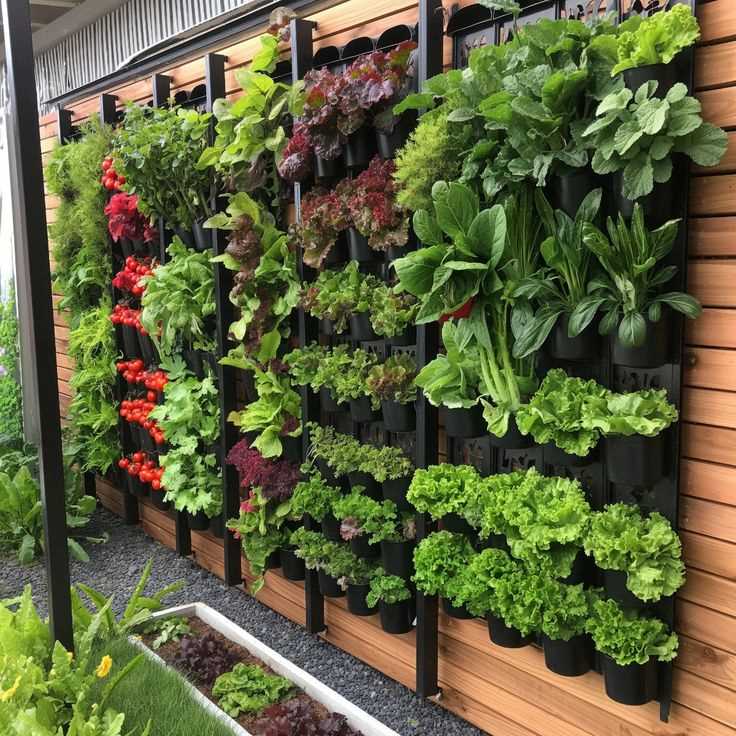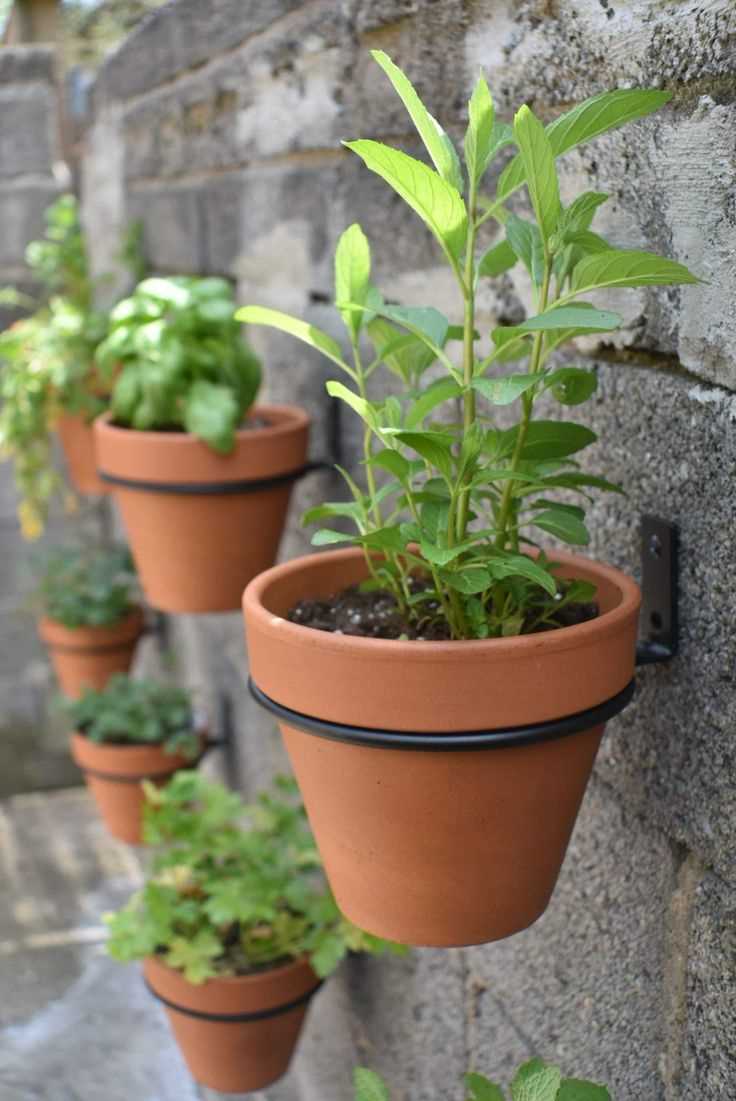Shortly I will show you how you can Incorporate plants into small outdoor areas.
Creating a green oasis in a small outdoor area can be both rewarding and challenging.
Even if you have a tiny balcony, a compact patio, or a little backyard, incorporating plants can transform your space into a green and cozy retreat.
Plants not only add beauty but also bring a sense of tranquillity and deep connection to nature.
In this post, we’ll explore 18 practical and creative ways to introduce plants into your small outdoor spaces, using every bit of space wisely.
HOW TO INCORPORATE PLANTS INTO SMALL OUTDOOR AREAS
-
Vertical Gardens
Vertical gardens are perfect for small spaces. Use wall-mounted planters or pockets made of fabric to grow a variety of plants. Succulents, ferns, and herbs do well in vertical gardens.
This setup saves ground space and creates a lush wall of greenery.
-
Hanging Planters
Hanging planters are versatile and can be used in many ways. Hang them from the ceiling, hooks, or railings.
Plants like petunias, spider plants, and pothos thrive in hanging planters. This method adds greenery without occupying valuable floor space.
-
Window Boxes
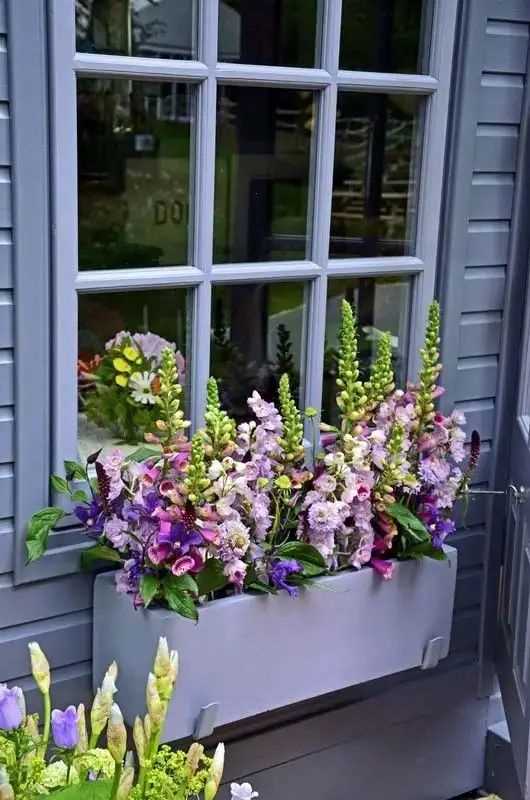 Window boxes are ideal for adding Source
Window boxes are ideal for adding Source
plants to windowsills or balcony railings. Fill them with colorful flowers, herbs, or small vegetables.
They provide a splash of color and are easy to access for watering and maintenance.
-
Tiered Plant Stands

Tiered plant stands allow you to display multiple plants in a vertical arrangement. This is a great way to add depth and interest to your space.
Use different plant heights and types to create a dynamic display.
-
Shelving Units

Outdoor shelves can be mounted on walls or placed on the ground. Use them to hold a variety of potted plants.
This keeps plants off the floor, making the area look more organized and spacious. Shelves also make it easy to rearrange plants as needed.
-
Plant Trellises
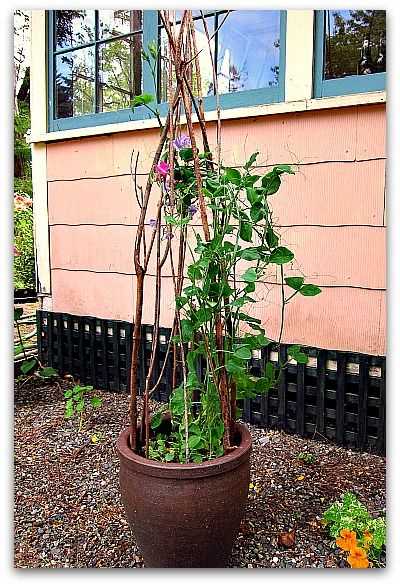
Trellises are excellent for climbing plants. Install a trellis against a wall or as a standalone structure.
Plants like ivy, clematis, and climbing roses can grow up the trellis, adding height and greenery without taking up much horizontal space.
-
Potted Trees
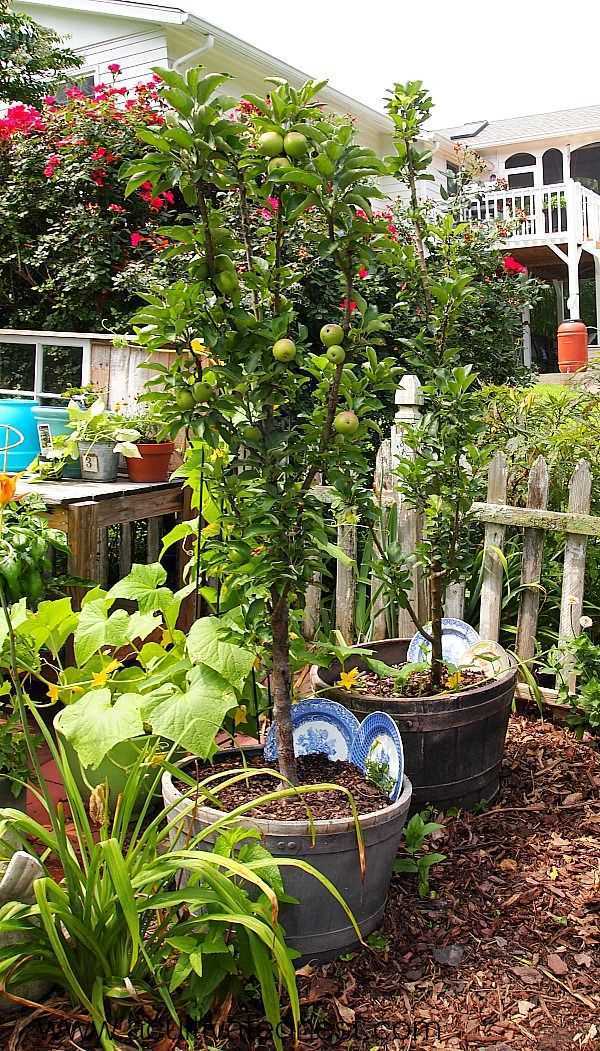
Small trees in pots, such as dwarf citrus or Japanese maple, can become focal points in your outdoor area.
They provide shade and can be moved around as needed. Choose trees that are suited for container growing and ensure they receive enough sunlight and water.
-
Rail Planters
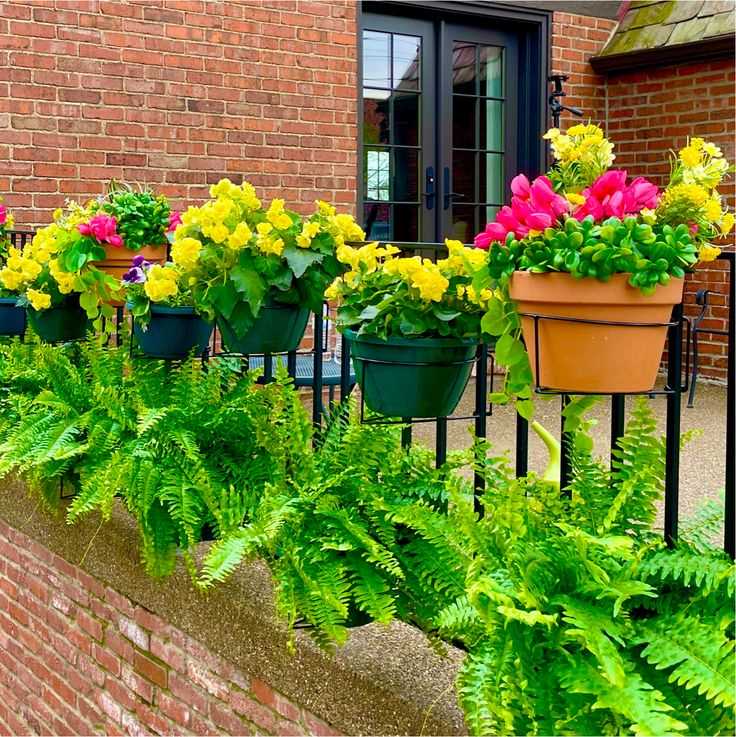
Rail planters are designed to attach securely to balcony or deck railings. They are perfect for herbs, flowers, and small vegetables.
This makes use of the railing space and keeps plants at a convenient height for care.
-
Step Ladder Gardens
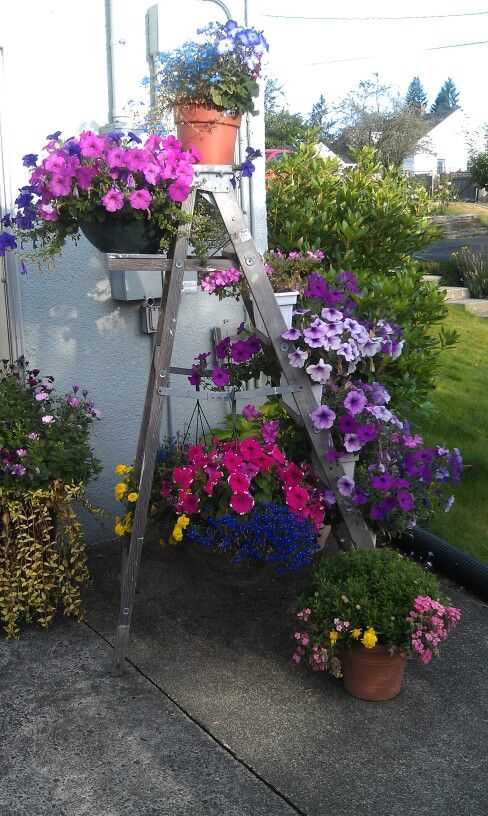
Repurpose an old step ladder by placing pots on each step. This creates a tiered effect that is both functional and decorative.
Paint the ladder to match your decor for a cohesive look. Use pots of different sizes to add variety.
-
Portable Planters

Lightweight, movable planters give you the flexibility to change your plant arrangement as needed.
Choose planters with wheels or handles for easy mobility. This is useful for following the sunlight or protecting plants from harsh weather.
-
Garden Benches with Planters
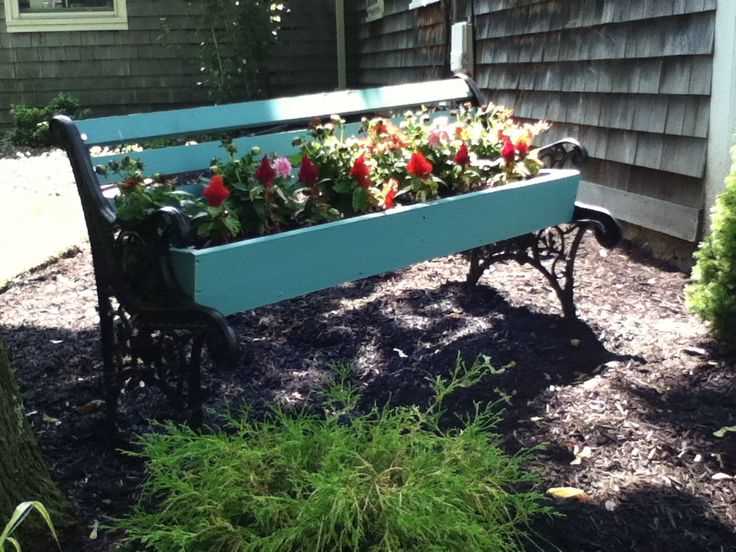
Some garden benches come with built-in planters on the sides or back. These dual-purpose pieces of furniture save space and add greenery.
They provide seating and a place for plants, making them perfect for small areas.
-
Corner Plant Stands
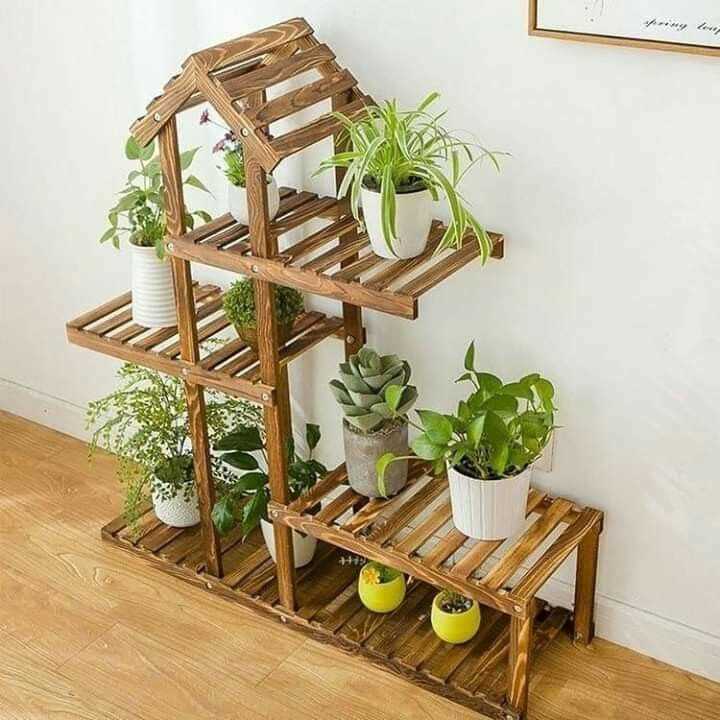
Use corner stands to maximize often-unused spaces. These stands fit neatly into corners and can hold several plants.
This helps to create a lush, green area without taking up too much room.
-
Balcony Rails

Place sturdy pots on top of balcony rails. Ensure the pots are secure to prevent them from falling.
This adds greenery at eye level and makes the most of the railing space.
-
Stacked Pots

Stacking pots is a great way to add height and depth to your plant display. Use pots of varying sizes, stacking smaller ones on top of larger ones.
This creates a multi-layered effect that is visually interesting and space efficient.
-
Outdoor Plant Carts
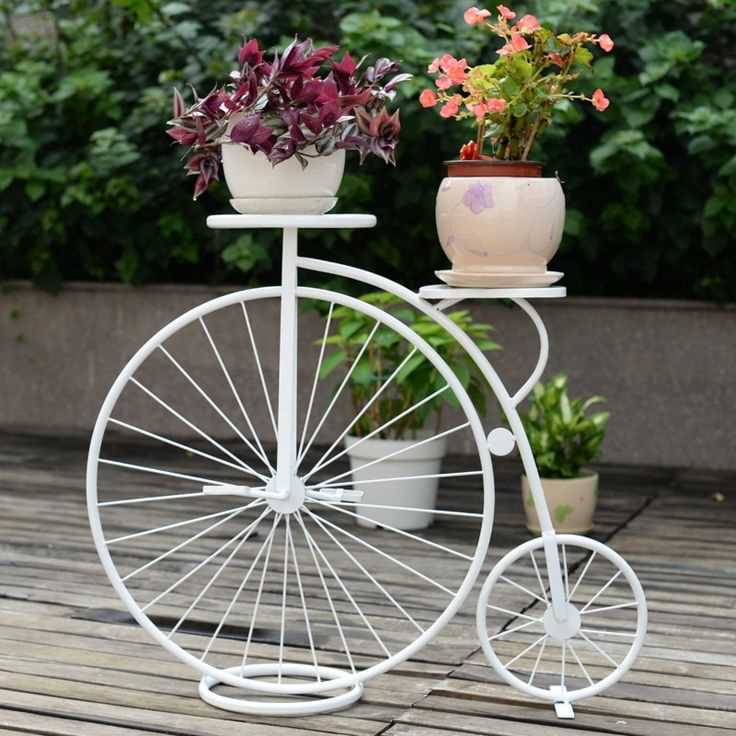
Plant carts with wheels allow you to move your plants around easily. This is perfect for changing the layout or bringing plants indoors during extreme weather.
Use the cart to display a mix of flowers, herbs, and small shrubs.
-
Hanging Baskets
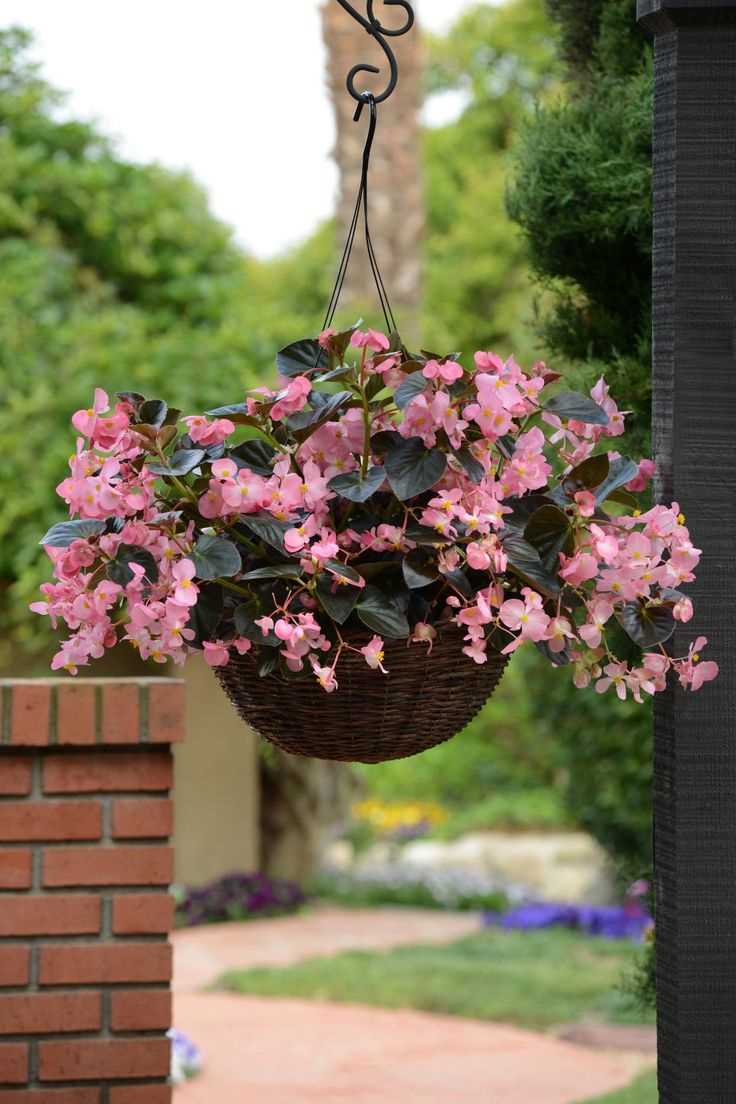
Hanging baskets are perfect for trailing plants like ivy, ferns, and petunias.
Hang them from hooks on walls, ceilings, or pergolas. They add vertical interest and can create a lush, cascading effect.
-
Living Walls

A living wall system allows you to grow plants vertically in a compact space. These systems often have built-in irrigation, making them low maintenance.
Living walls can be used to grow a variety of plants, creating a stunning green feature.
-
Compact Raised Beds
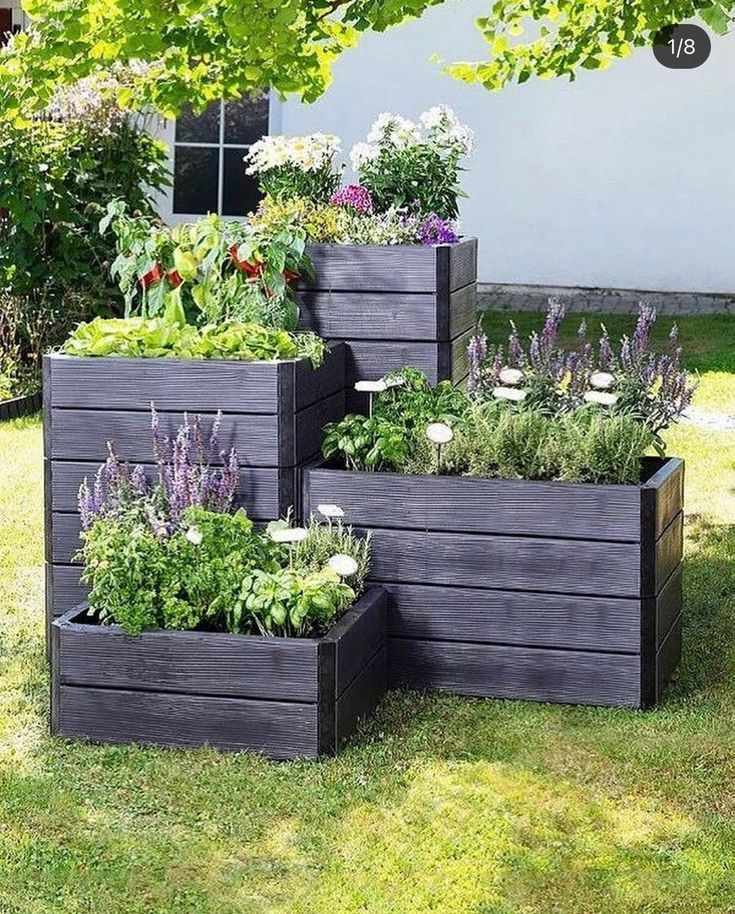
Source
Small raised beds are great for growing herbs, vegetables, and flowers. Place them on patios or balconies.
Raised beds provide better control over soil quality and drainage, making them easy to maintain.
By using these ideas, you can transform even the smallest outdoor space into a vibrant and inviting green retreat.
Reasons to Incorporate Plants into Your Outdoor Area
-
Improves Air Quality
Plants absorb carbon dioxide and release oxygen, helping to purify the air.
-
Reduces Stress
Being around plants has been shown to lower stress levels and promote relaxation.
-
Enhances Aesthetic Appeal
Plants add beauty and color, making your outdoor area more visually appealing.
-
Increases Privacy
Plants can act as natural screens, providing privacy from neighbors and passersby.
-
Supports Biodiversity
Plants attract beneficial insects, birds, and other wildlife, contributing to a healthier ecosystem.
-
Boosts Mood
Gardening and spending time around plants can improve your mood and overall mental health.
-
Provides Shade and Cooling
Plants, especially larger ones like trees and shrubs, can provide shade and help cool your outdoor space.
-
Promotes Physical Activity
Gardening is a great form of exercise, helping you stay active and fit.
-
Grows Fresh Produce
Growing your own herbs, fruits, and vegetables ensures you have fresh, organic produce at hand.
-
Reduces Noise Pollution
Plants can act as sound barriers, helping to reduce noise from traffic or neighbors.
-
Increases Property Value
Well-maintained gardens and outdoor spaces can enhance the value of your property.
-
Encourages Creativity
Designing and arranging plants can be a creative outlet, allowing you to express your personal style.
-
Improves Soil Health
Plants help maintain healthy soil by preventing erosion and improving soil structure.
-
Provides a Habitat for Pollinators
Flowers and plants attract bees, butterflies, and other pollinators essential for the environment.
-
Enhances Outdoor Living Space
Plants make outdoor areas more inviting and comfortable, encouraging you to spend more time outside.
-
Offers Educational Opportunities
Gardening can be a great way to learn about botany, ecology, and sustainable practices.
-
Improves Mental Focus
Being around plants and nature can enhance concentration and cognitive function.
-
Creates a Sense of Accomplishment
Successfully growing and maintaining plants can give you a sense of achievement and pride.
This post showed you 18 ways to incorporate plants into your small outdoor areas and also why you need plants for your outdoor space.
You may also like:
